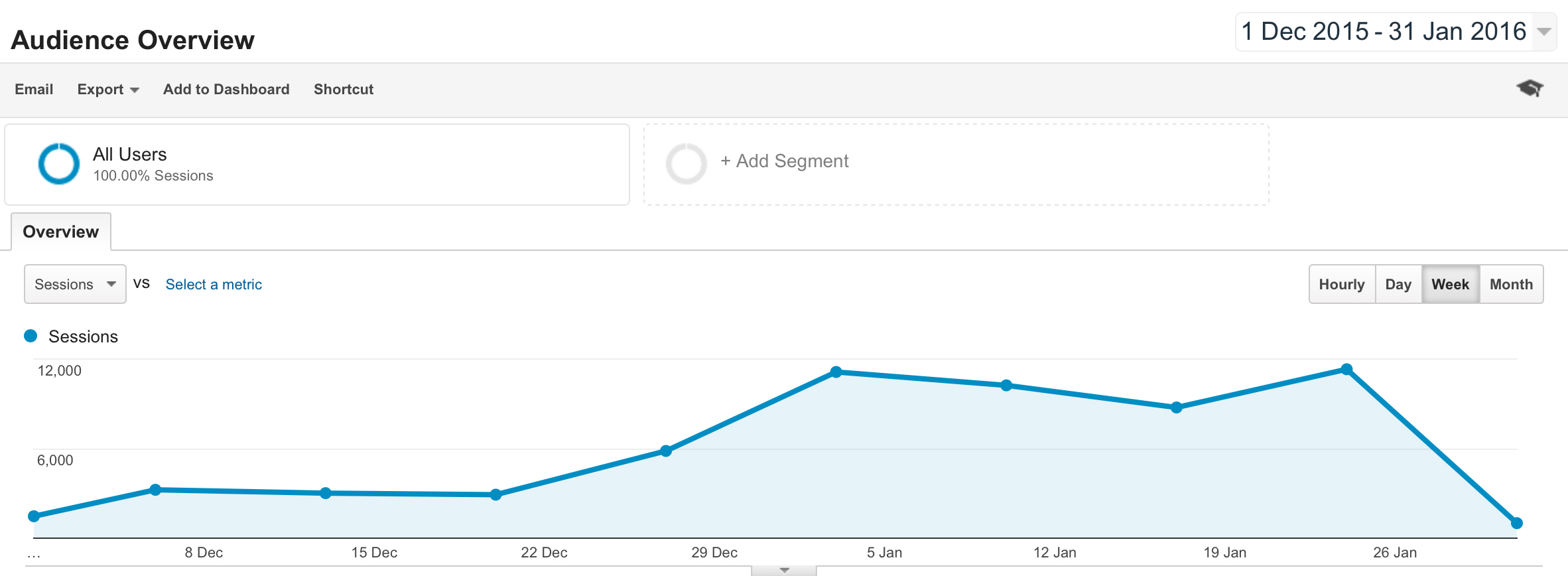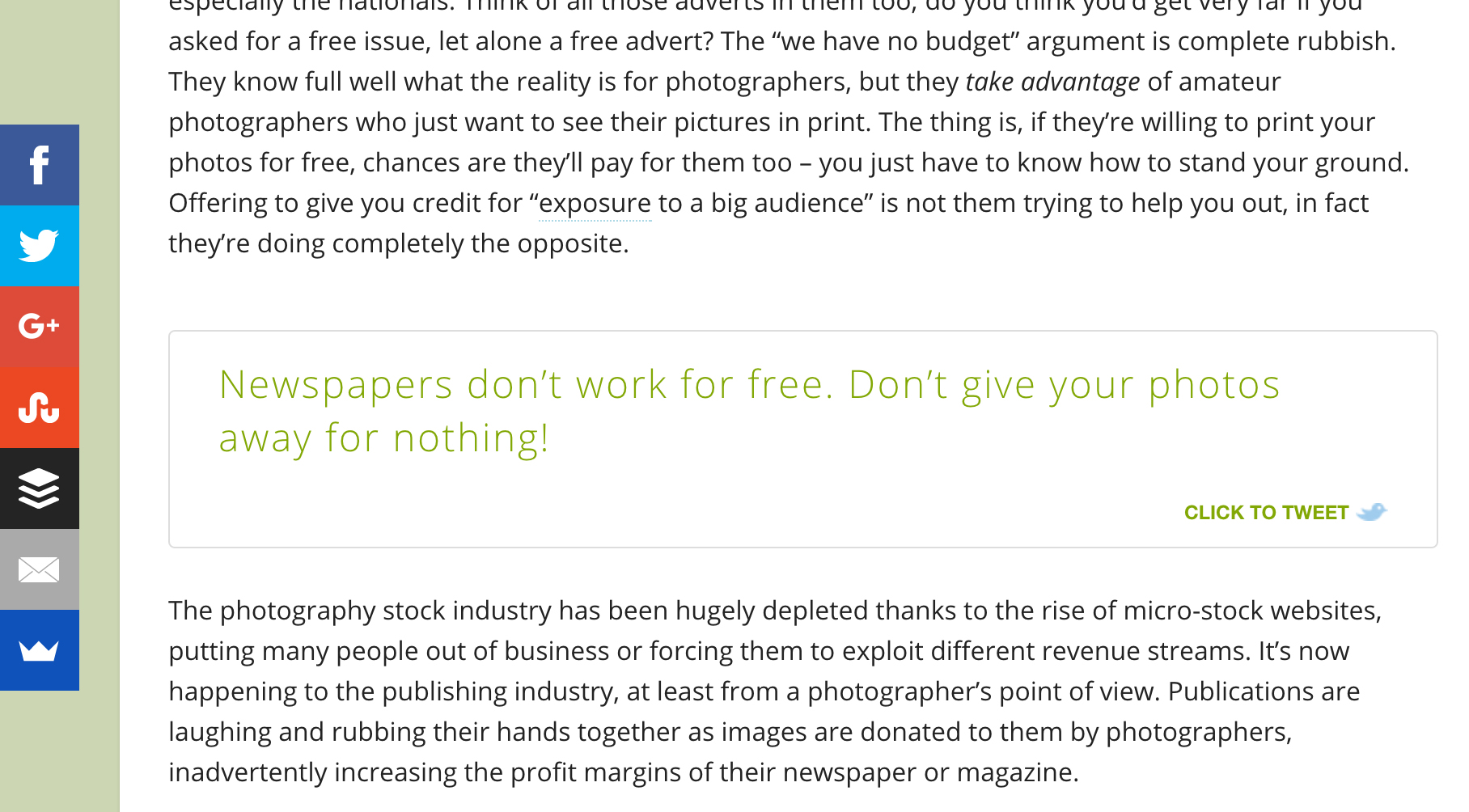
Many SEOs these days are focused on content marketing. This involves building out high-quality content optimized for searcher intent, then amplifying that content through social to capture end users in their moment of need.
But what are the right steps to prioritize and amplify content? Read on.
SEO content prioritization & creation
At one point in SEO, all we talked about was being “relevant” in order to rank. However, modern SEO is about being both relevant and useful; content that achieves this is exactly what Google is looking for.
You can prioritize based on intent, striking distance, search volume and (if you have them) conversion metrics. I recommend that you remove branded keywords and low search volume keywords to get a more accurate picture.
Define your goals, and find low-hanging fruit
Let’s look at your goals. If your goal is to increase traffic by 15 percent year over year, you need to put together a plan to see where you can drive incremental traffic: local, optimizing existing landing pages, building out new content, optimizing videos and so on.
As a first step, I recommend taking a look at your website analytics and ranking tools to see what opportunities there are to drive incremental traffic with your existing assets. This could be done by looking at “striking distance” keywords, which are those that rank on page 2 of the major search engines (Google, Bing and Yahoo). Moving striking distance keywords from page 2 to page 1 can drive incremental revenue and traffic, especially for keywords that have a lot of volume and transactional intent.
Pro tip: Focus on keywords that convert well from paid search and drive a lot of volume based on intent. These keywords should be your target for SEO, especially with Google’s new paid search layout pushing organic search further down the page.
Evaluate existing content and look for gaps
Determine where you need to develop useful content by conducting a gap analysis. All brands need to develop content around each stage of the buyer’s journey, as this allows you to capture search queries for many different kinds of user intent.
While many businesses understand the need to appear in search results for high-converting keywords (i.e., queries that signal intent to purchase), they often overlook the value of being visible in SERPs during the research phases of the buyer’s journey. In the digital era, this journey is not linear, but is a fragmented path to purchase — so you’ll want to be present at all stages in order to keep your brand top of mind.
Review your existing content and segment it based on intent — in other words, what stage of the buyer’s journey does it map to? From there, figure out where gaps exist, and build out content to fill in those gaps.
You can also see how your competition is doing using a tool like SEMrush, which allows you to see which keywords your competitors are ranking for. Determine where they’re visible and where they have no presence across the buyer’s journey. Take advantage of where they aren’t present by building quality content in those areas (or greatly improving existing content).
Communicate with other departments
Despite the push towards omni-channel digital marketing, many SEOs still find themselves in a silo. Having open communication with other departments (if you are in-house) or your client and their vendors (if you’re at an agency) will ensure that you are aware of any important content initiatives that need to be further optimized and prioritized.
Evaluate the content other departments are producing, prioritize it based on intent, search volume and opportunity and promote it through paid social and your existing social profiles.
Social listening
Listening to customers and finding influencers can impact visits and engagement. Social listening can give you a detailed review of your owned social landscape and competitive set. Plus, it can identify key social trends from the millions of conversations happening every day, which can help drive your content strategy by uncovering new keywords and trends that are happening now.
Content promotion
Now that you have prioritized and created your content, it’s time to promote it. The saying, “If you build it, they will come,” is sadly inaccurate. Content needs to be promoted, and a catalyst is needed to get things started.
Social amplification
Search helps social. Brands should always focus on creating high-quality and engaging content. Engaging content will be shared through social media to attract social endorsements and links, which will help improve your visibility in the search engine result pages from prioritized content.
Paid social
Paid social is a cost-effective way to help promote priority content and to drive more traffic and sales. Since paid social is relatively inexpensive, I recommend testing it to see what results you can get from paid social campaigns (e.g., an increase in links, social mentions and traffic, since they all can influence rankings).
I would only recommend putting paid support behind engaging and useful content that answers users’ questions throughout the user journey.
Final thoughts
Prioritizing content is a must for every SEO campaign to drive incremental traffic and revenue. As SEOs, we must continue to focus on building out high-quality content based on user intent that can move the needle and help our clients achieve their goals.
To view the original article Click Here














